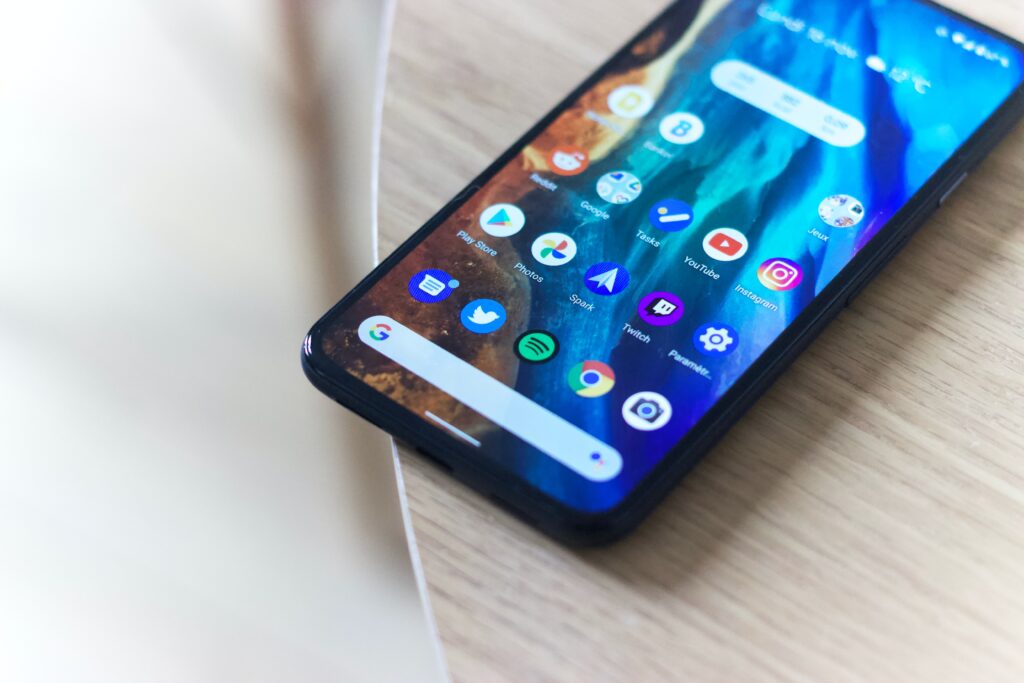Are you tired of using your Android phone the same old way every day? Are you looking for new and exciting features to explore on your device? Look no further because we’ve got some Android tips and tricks that will blow your mind!
From hidden settings to time-saving hacks, this post has everything you need to take your Android experience to the next level. So, buckle up and get ready to discover some secrets about your favorite smartphone that you probably didn’t know existed. Let’s dive in!
1. Enable Developer Mode
If you’re a developer, or if you’re just curious about what’s going on under the hood of your Android device, you can enable Developer Mode. This will give you access to some advanced features, like the ability to sideload apps, run a local development server, and more.
To enable Developer Mode, go to Settings > About phone and tap on the Build number seven times. You’ll see a message that says “Developer mode has been enabled”. Now go back to Settings and you’ll see a new Developer options menu item. Tap on that to access the developer settings.
2. Change the Animation Speed
You can change the speed of your phone’s animations to make them faster or slower. To do this, go to Settings -> Developer options -> Window animation scale. You can then choose between 0.5x, 1x, 1.5x, and 2x animation speeds. If you want to disable animations completely, you can select the “Animator duration scale” option and set it to “off.”
3. Clear App Defaults
If you’ve ever installed an app and then uninstalled it only to find that it’s still the default app for a certain action, you know how annoying that can be. Well, there’s a way to clear defaults for any app on your Android device.
Just go to Settings > Apps, select the app in question, and tap the “Clear Defaults” button. This will reset the app so that it is no longer the default for anything. Now, when you try to perform an action that would normally launch that app, you’ll be prompted to choose which app you want to use.

Android Tips & Tricks
4. Quickly Change Your Wi-Fi Network
If you need to change your Wi-Fi network on your Android device, it’s easy to do. Just follow these steps:
1. Open the Settings app on your Android device.
2. Tap on the Network & Internet option.
3. Tap on Wi-Fi.
4. In the list of available networks, tap on the network you want to connect to.
5. Enter the password for the network if prompted and tap on Connect.
That’s all there is to it! Now you’re connected to the new Wi-Fi network.
Read More: Twitter Trends FAQ-Lets Learn!
5. Quickly Access the Quick Settings Menu
The Android operating system comes with a lot of features and customization options that you might not be aware of. One of these is the Quick Settings menu, which gives you quick access to important settings on your phone.
To access the Quick Settings menu, simply swipe down from the top of your screen with two fingers. This will open up a menu with various options, including the ability to adjust your screen brightness, turn on Wi-Fi or Bluetooth, and more.
If you want even faster access to the Quick Settings menu, you can add a shortcut to it on your home screen. To do this, go to the Settings app and tap “Home screen.” Then, tap “Add shortcut” and select “Quick Settings.” This will add a shortcut icon to your home screen that you can tap to open the Quick Settings menu.

Android Tips & Tricks
Final Notes
As we close out this article, we wanted to leave you with a few final tips and tricks that you may not have known about. First, did you know that you can take screenshots on your Android device by simply pressing the power and volume-down buttons at the same time? This is a great way to capture images of things like text messages or websites that you want to save or share.
Another tip is to use the “Google Now” feature to get quick information without having to search for it. For example, you can say “OK Google, what’s the weather like today?” and it will give you the current conditions and forecast. You can also ask it questions like “what is the capital of Italy?” or “how many calories are in a cheeseburger?”.
Finally, if you want to extend your battery life, there are a few things you can do. One is to enable power saving mode in your device’s settings. This will disable some features and background processes that are not essential, which can help conserve battery power. Additionally, try to avoid using live wallpapers as they tend to be quite resource-intensive. And lastly, make sure that your screen brightness is set to an appropriate level – not too bright and not too dim – as this can also help save battery power.
We hope you found these tips and tricks helpful!

